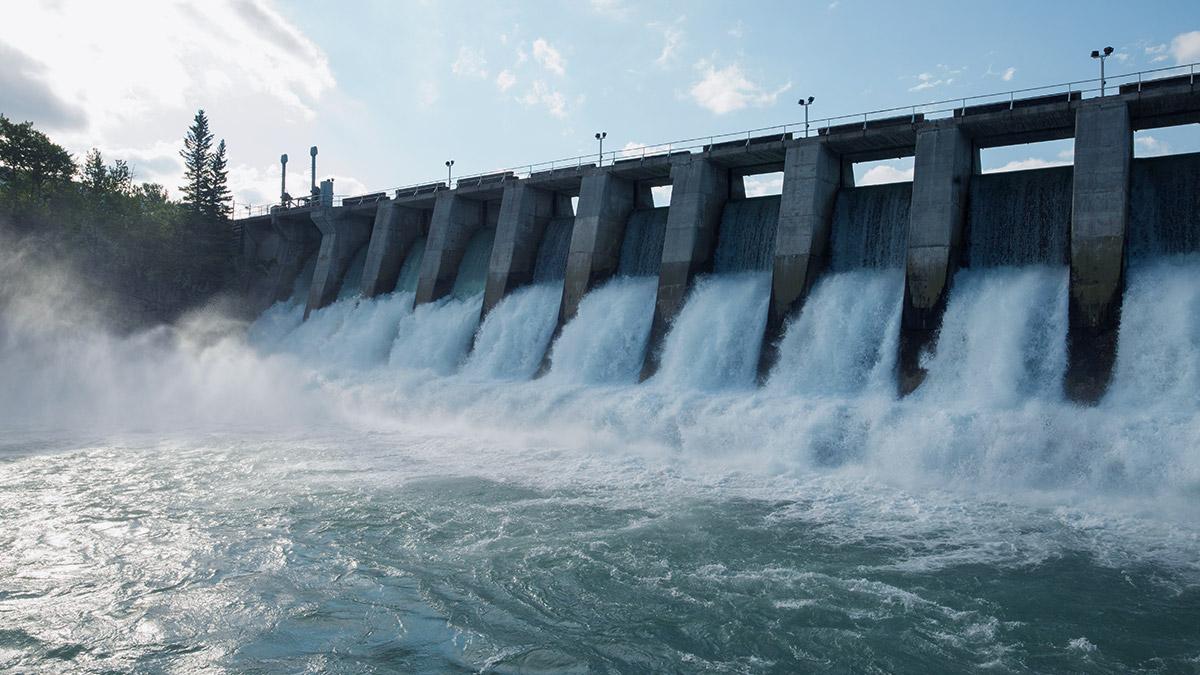
How North America's energy system connects
Switching on the lights is easy, right? Reach out and flick the switch. Simple as that. But how does the electricity needed to turn that light on reach your home in the first place? As you may have guessed, that isn’t quite as simple.
Essentially, it all happens thanks to a continent-wide network of energy “grids” that supply power to towns and cities from coast to coast. But how does power get to the grid? Let’s find out.
How electricity is generated
There are four typical ways electricity is generated. Each has its advantages, and all are important components of the energy mix that ensure the stable delivery of energy we all depend on.

Power plants
Most of North America’s electricity is generated in power plants. These burn fuels, such as coal or natural gas to power a turbine to generate electricity. Nuclear reactors, another important type of power plant, use fission energy to power a turbine.

Hydroelectric dams
Hydroelectric dams work by using gravity to channel water through a special turbine that spins to generate electricity.

Wind turbines
Windmills use the power of wind to turn a turbine that generates electricity. While these are 100 per cent emission-less in their generation, they only produce power when it’s windy. When the wind isn’t blowing, other, more reliable power sources are needed to generate energy.

Solar panels
Solar panels capture energy from the sun and convert it into useable electricity. Unlike the methods above, no turbine is required. Solar panels, like wind turbines, are weather-dependent and can only generate power under favourable climatic circumstances.
How electricity is transmitted
Now, let’s look at how this important form of energy moves from where it’s produced, to your home. Once generated, it takes several significant pieces of infrastructure to move that power from its source, to the light switch in your home.

Transformers
After generation, transformers convert the electricity to a higher voltage needed to move it through transmission lines.

Transmission lines
Those high-capacity power wires you see along highways move power across the continent. The poles that hold them up high overhead contain a grounding wire that provides a good return path for electrons, and helps guide lightning away from power wires.

Substations
After travelling through high-capacity transmission lines, power reaches a substation. Here it is reduced to a lower voltage for travel through smaller wires. Next, it reaches a transformer that reduces the voltage further, making it safe and usable for your home.

Power meters and electrical panels
Once the power reaches your home, it passes through a power meter to measure household usage. Finally, it reaches the electrical panel and travels into the wires and to the outlets and switches we all use. As you can see, while it might take little effort to flick a switch, behind the scenes a lot of work goes into ensuring that when you do, your lights go on. Something to think about the next time you’re popping some corn for your favourite TV show, plugging in to your laptop to check your email or curling up to read a great book in the wee hours of the night.